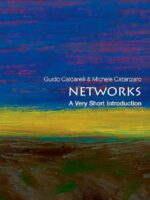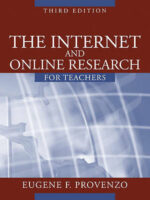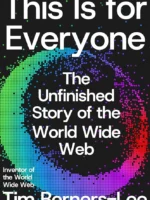The Rough Guide to the Internet 2000 Review
The Rough Guide to the Internet 2000 is a practical starter manual for the early Web era: how to get online, navigate with a browser, search effectively, communicate via email and forums, and build simple pages. It treats the Web as both a reference library and a social space, with step-by-step tasks and plain language.
Overview
Sections cover setup and access, browser basics, email and newsgroups, search engines and directories, safety and etiquette, and a beginner’s tour of basic HTML and site publishing. It is a one-stop field guide for first-time users around 1999–2000.
Summary
The book pairs concise explanations with checklists and screenshots: configure your connection, manage bookmarks, craft search queries, evaluate sites for credibility, participate in online communities, and publish a simple personal page. It emphasizes practical literacy over jargon and keeps tasks modular so teachers and newcomers can adopt them quickly.
Authors
Angus J. Kennedy writes in a clear, nontechnical style aimed at broad audiences entering the Web for the first time.
Key Themes
Access and digital literacy, safe and courteous participation, search strategies that reduce noise, and small, repeatable skills that build confidence.
Strengths and Weaknesses
Strengths: task-focused structure, plain language, and thorough coverage of what beginners needed in 2000. Weaknesses: many services and screenshots are era-specific, so pair with modern sources for today’s tools.
Target Audience
Beginners, teachers building web-literacy assignments, and anyone needing a period-correct guide to the late-1990s Web.
Favorite Ideas
Search checklists, site-evaluation heuristics, and a lightweight path from browsing to publishing that demystifies HTML for first-timers.
Takeaways
Treat the Web as a set of core skills: search, evaluate, communicate, and publish. Start with small wins, document steps, and evolve the tools while keeping the literacy intact.






